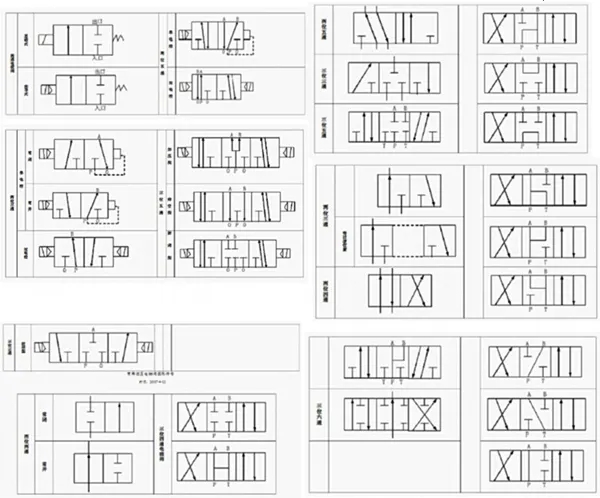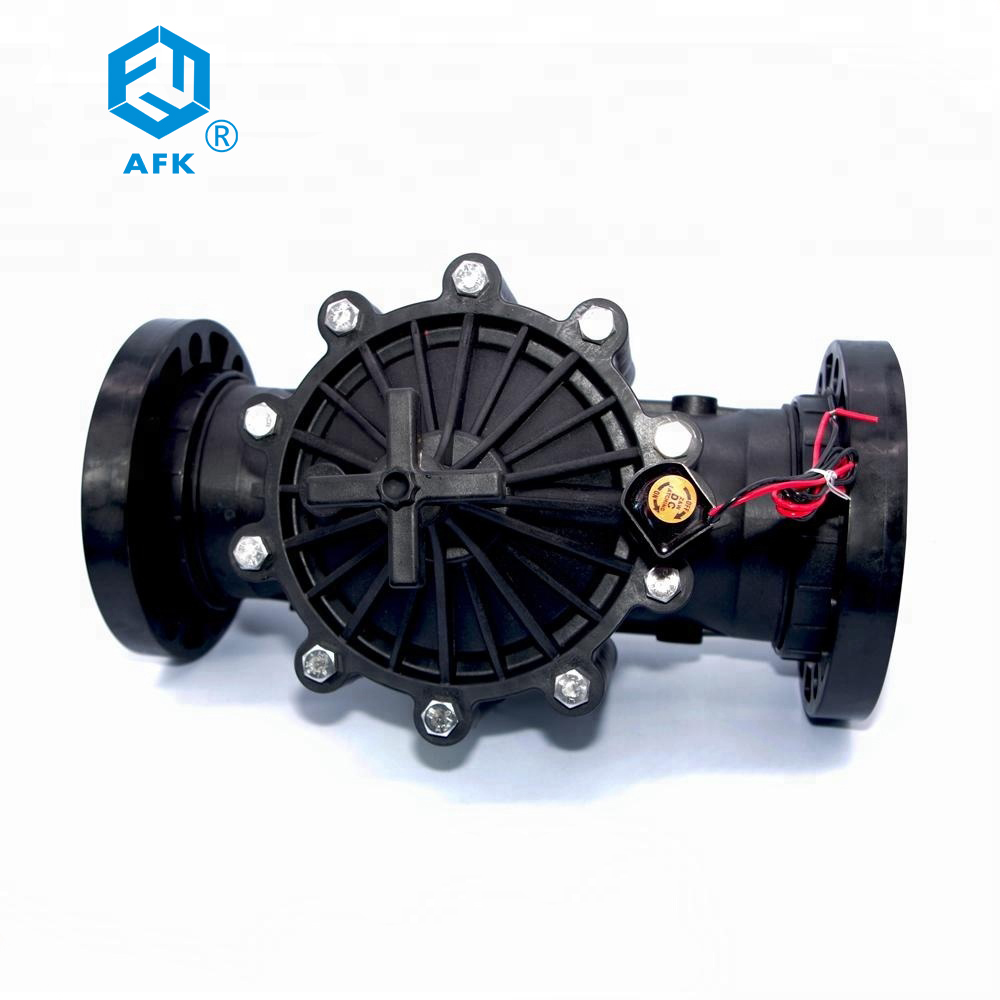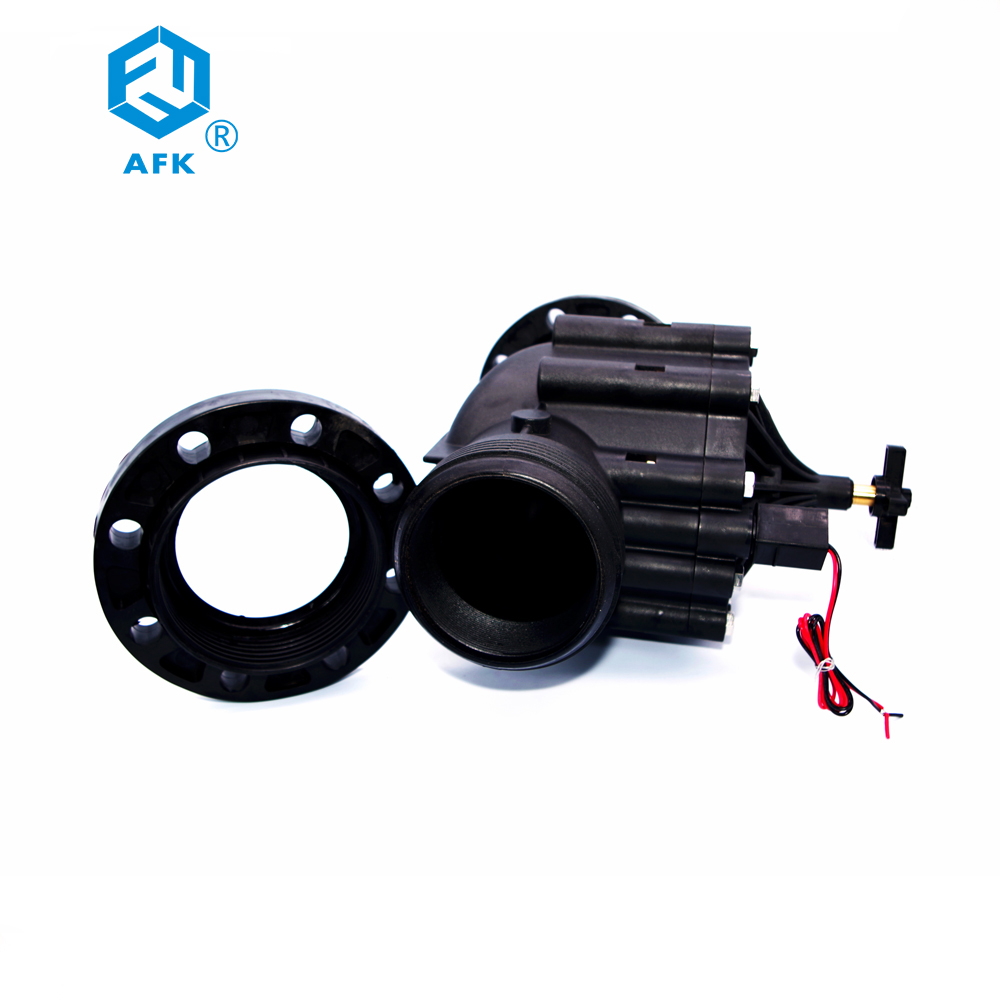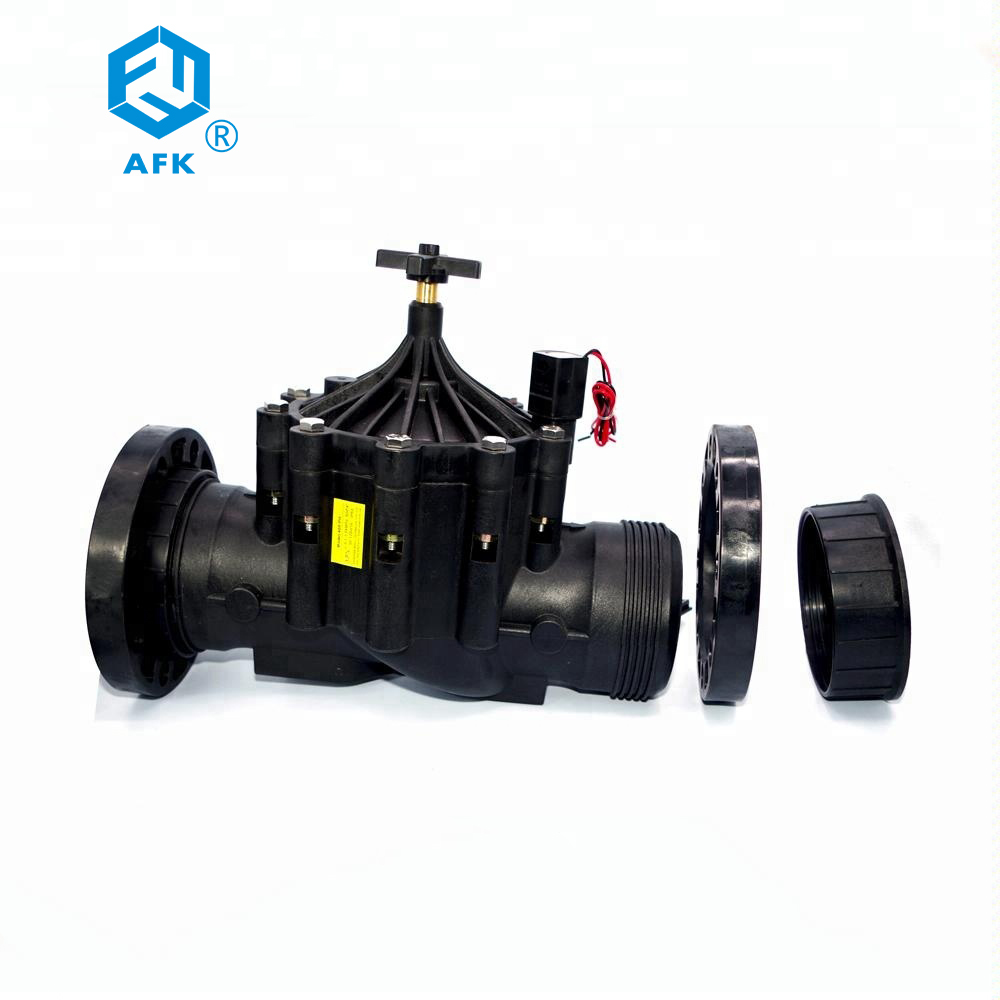Solenoid valve selection should first follow the four principles of safety, reliability, applicability, and economy, followed by six field conditions (ie pipeline parameters, fluid parameters, pressure parameters, electrical parameters, action mode, special request).

Selection basis
1. Select the solenoid valve according to the pipeline parameters: diameter specification (ie DN), interface method
1) Determine the diameter (DN) size according to the size of the inner diameter of the pipeline or flow requirements on site;
2) Interface mode, generally > DN50 should choose flange interface, ≤ DN50 can be freely selected according to user needs.
2. Select the solenoid valve according to the fluid parameters: material, temperature group

1) Corrosive fluids: corrosion-resistant solenoid valves and all stainless steel should be used; edible ultra-clean fluids: food-grade stainless steel solenoid valves should be used;
2) High temperature fluid: choose a solenoid valve made of high temperature resistant electrical materials and sealing materials, and choose a piston type structure;
3) Fluid state: as large as gas, liquid or mixed state, especially when the diameter is larger than DN25, it must be distinguished;
4) Fluid viscosity: usually it can be selected arbitrarily below 50cSt. If it exceeds this value, a high-viscosity solenoid valve should be used.

3. Selection of solenoid valve according to pressure parameters: principle and structural variety
1) Nominal pressure: This parameter has the same meaning as other general valves, and is determined according to the nominal pressure of the pipeline;
2) Working pressure: If the working pressure is low, the direct-acting or step-by-step direct-acting principle must be used; when the minimum working pressure difference is above 0.04Mpa, direct-acting, step-by-step direct-acting and pilot-operating can be selected.
4. Electrical selection: It is more convenient to choose AC220V and DC24 for voltage specifications as far as possible.
5. Choose according to the length of continuous working time: normally closed, normally open, or continuously energized
1) When the solenoid valve needs to be opened for a long time, and the duration is longer than the closing time, the normally open type should be selected;
2) If the opening time is short or the opening and closing time is not long, select the normally closed type;
3) However, for some working conditions used for safety protection, such as furnace and kiln flame monitoring, the normally open type cannot be selected, and the long-term power-on type should be selected.
6. Select auxiliary functions according to environmental requirements: explosion-proof, non-return, manual, waterproof fog, water shower, diving.

Work selection principle
safety:
1. Corrosive medium: plastic king solenoid valve and all stainless steel should be used; for strong corrosive medium, isolation diaphragm type must be used. For neutral medium, it is also advisable to use a solenoid valve with copper alloy as the valve casing material, otherwise, rust chips often fall off in the valve casing, especially in the occasions where the action is not frequent. Ammonia valves cannot be made of copper.
2. Explosive environment: Products with corresponding explosion-proof grades must be selected, and waterproof and dust-proof varieties should be selected for outdoor installation or in dusty occasions.
3. The nominal pressure of the solenoid valve should exceed the maximum working pressure in the pipe.
applicability:
1. Medium characteristics
1) Choose different types of solenoid valves for gas, liquid or mixed state;
2) Products with different specifications of medium temperature, otherwise the coil will be burned out, the sealing parts will be aged, and the service life will be seriously affected;
3) Medium viscosity, usually below 50cSt. If it exceeds this value, when the diameter is greater than 15mm, use a multi-function solenoid valve; when the diameter is less than 15mm, use a high-viscosity solenoid valve.
4) When the cleanliness of the medium is not high, a recoil filter valve should be installed in front of the solenoid valve. When the pressure is low, a direct-acting diaphragm solenoid valve can be used;
5) If the medium is in directional circulation and does not allow reverse flow, it needs to use two-way circulation;
6) The medium temperature should be selected within the allowable range of the solenoid valve.
2. Pipeline parameters
1) Select the valve port and model according to the medium flow direction requirements and the pipeline connection method;
2) Select the nominal diameter according to the flow and Kv value of the valve, or the same as the inner diameter of the pipeline;
3) Working pressure difference: the indirect pilot type can be used when the minimum working pressure difference is above 0.04Mpa; the direct-acting type or step-by-step direct type must be used when the minimum working pressure difference is close to or less than zero.
3. Environmental conditions
1) The maximum and minimum temperature of the environment should be selected within the allowable range;
2) When the relative humidity in the environment is high and there are water droplets and rain, etc., a waterproof solenoid valve should be selected;
3) There are often vibrations, bumps and shocks in the environment, and special varieties should be selected, such as marine solenoid valves;
4) For use in corrosive or explosive environments, the corrosion-resistant type should be selected first according to safety requirements;
5) If the environmental space is limited, a multi-function solenoid valve should be selected, because it eliminates the need for bypass and three manual valves and is convenient for online maintenance.
4. Power conditions
1) According to the type of power supply, select AC and DC solenoid valves respectively. Generally speaking, the AC power supply is easy to use;
2) AC220V.DC24V should be preferred for voltage specification;
3) The power supply voltage fluctuation is usually +%10%.-15% for AC, and ±%10 for DC is allowed. If it is out of tolerance, voltage stabilization measures must be taken;
4) The rated current and power consumption should be selected according to the power supply capacity. It should be noted that the VA value is high during AC starting, and the indirect pilot solenoid valve should be preferred when the capacity is insufficient.
5. Control accuracy
1) Ordinary solenoid valves only have two positions: on and off. Multi-position solenoid valves should be selected when the control accuracy is high and the parameters are required to be stable;
2) Action time: refers to the time from when the electrical signal is turned on or off to when the main valve action is completed;
3) Leakage: The leakage value given on the sample is a common economic grade.
reliability:
1. Working life, this item is not included in the factory test item, but belongs to the type test item. In order to ensure the quality, brand-name products from regular manufacturers should be selected.
2. Work system: There are three types of long-term work system, repeated short-time work system and short-time work system. For the case where the valve is opened for a long time and only closed for a short time, a normally open solenoid valve should be used.
3. Operating frequency: When the operating frequency is required to be high, the structure should preferably be a direct-acting solenoid valve, and the power supply should be preferably AC.
4. Action reliability
Strictly speaking, this test has not been officially included in the professional standard of China’s solenoid valve. In order to ensure the quality, the famous brand products of regular manufacturers should be selected. In some occasions, the number of actions is not many, but the reliability requirements are very high, such as fire protection, emergency protection, etc., must not be taken lightly. It is especially important to take two consecutive double insurances.
Economy:
It is one of the selected scales, but it must be economical on the basis of safety, application and reliability.
Economy is not only the price of the product, but also its function and quality, as well as the cost of installation, maintenance and other accessories.
More importantly, the cost of a solenoid valve in the entire automatic control system is very small in the entire automatic control system and even in the production line. If it is greedy for cheap and wrong selection, the damage group will be huge.
Post time: Sep-24-2022